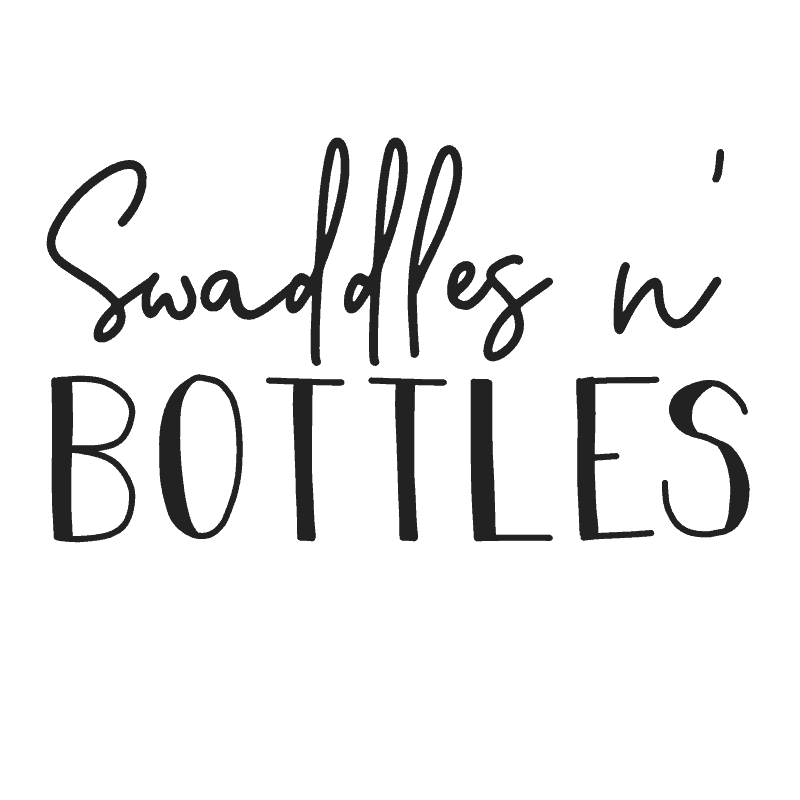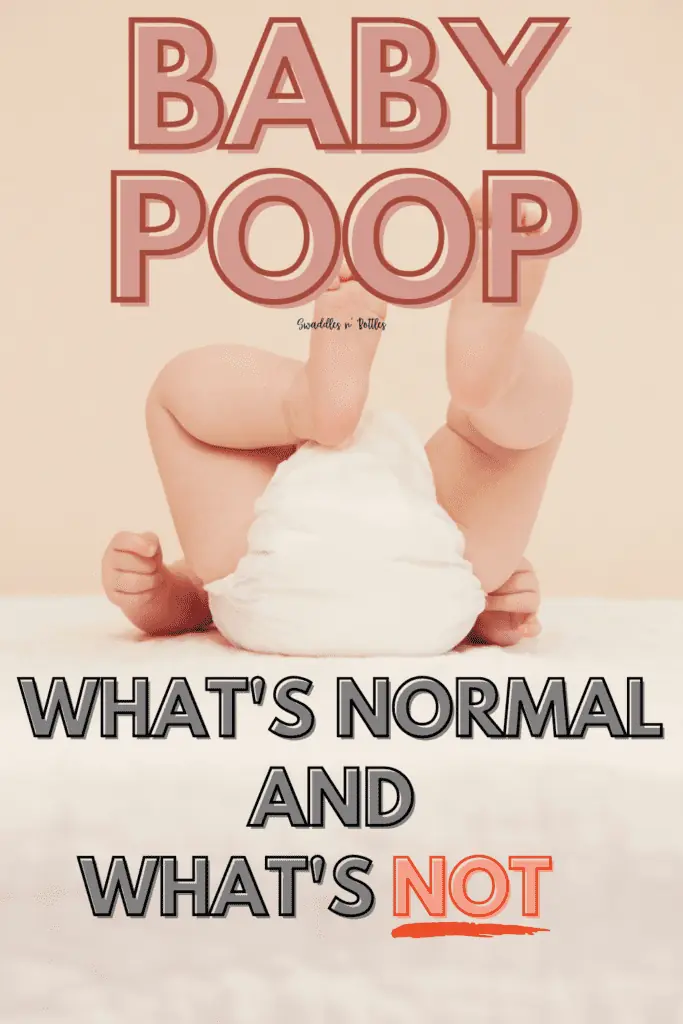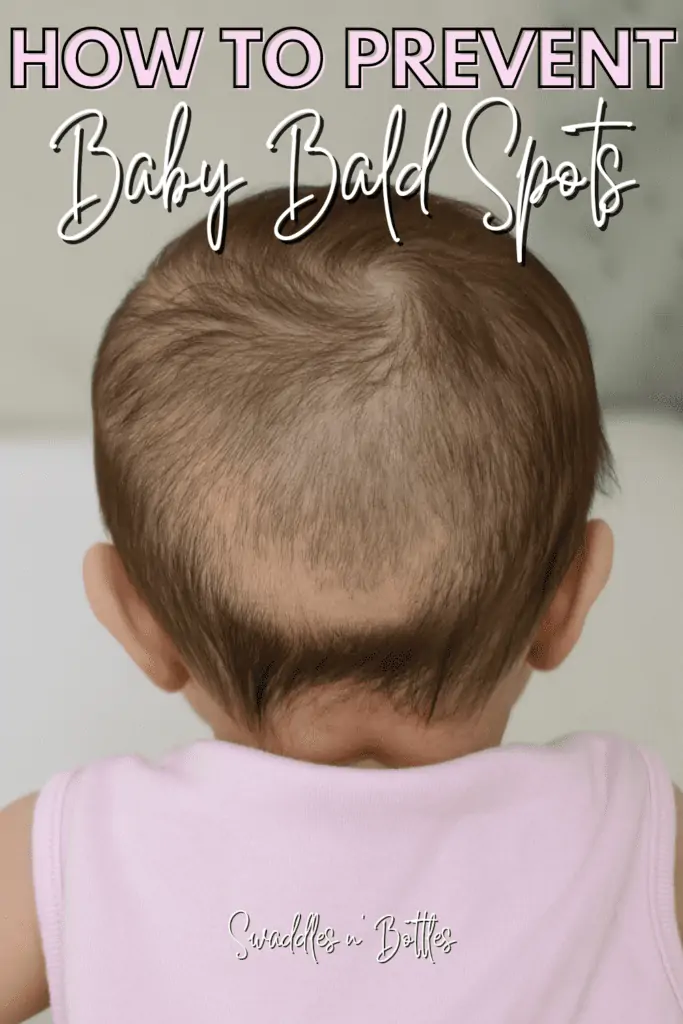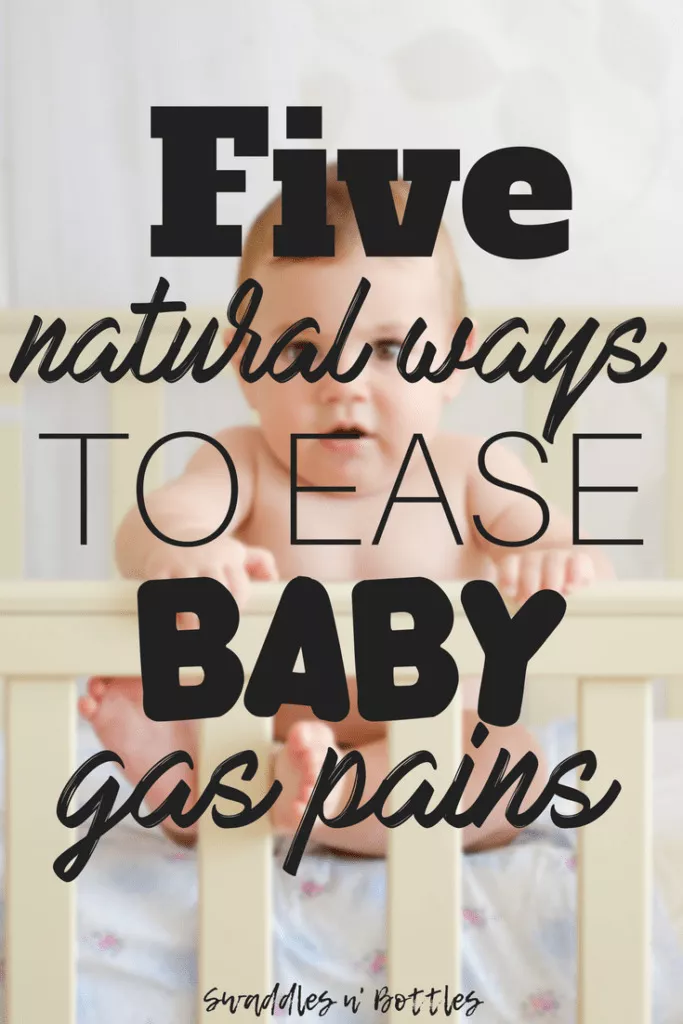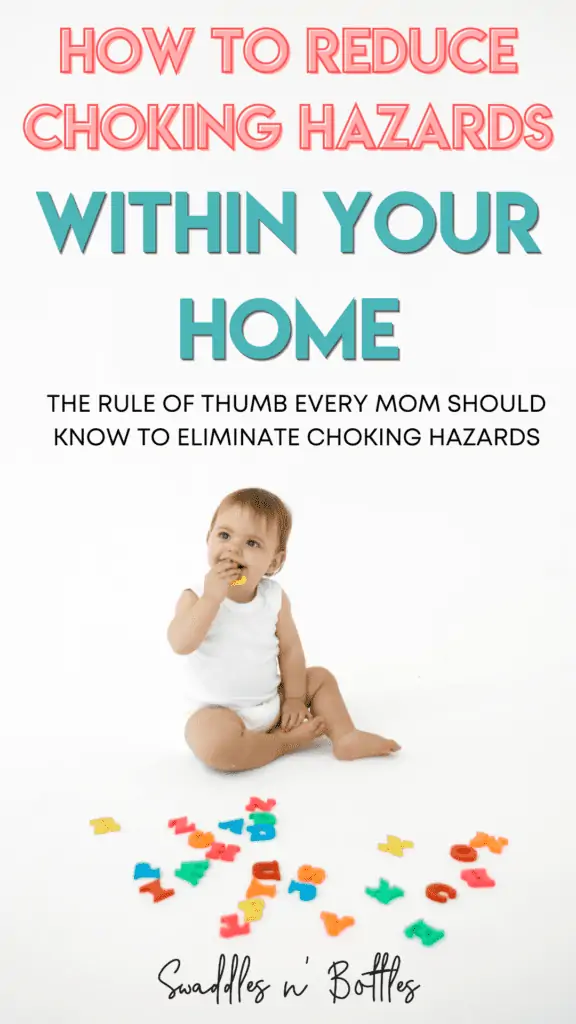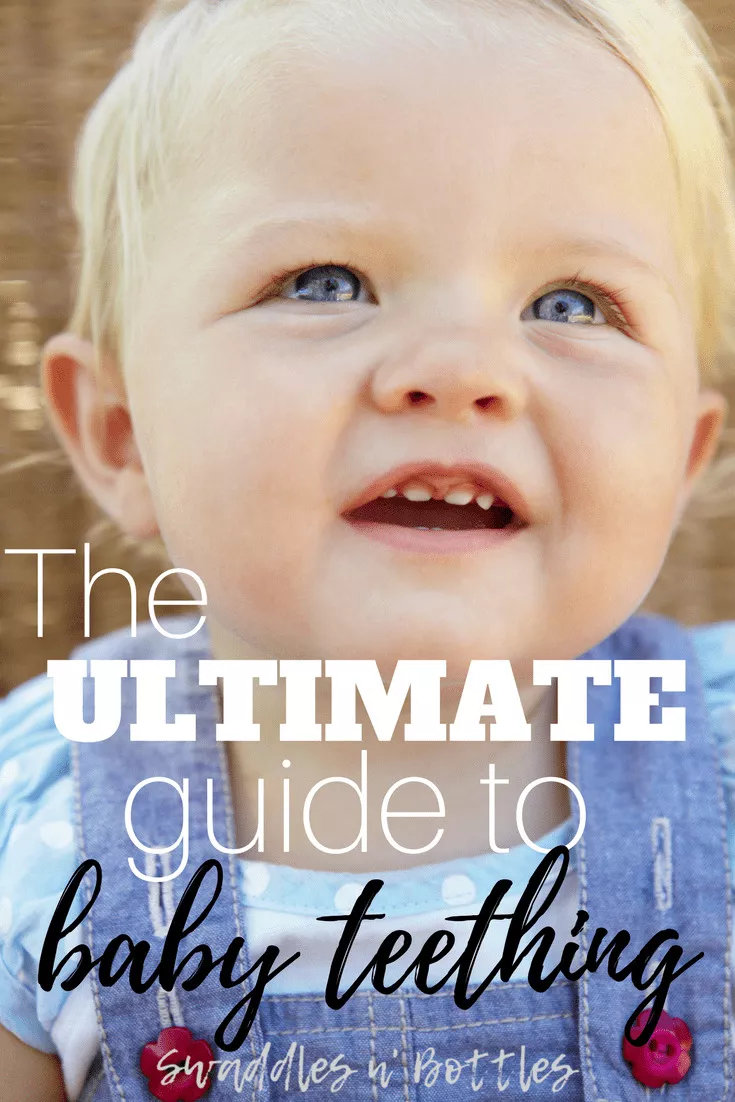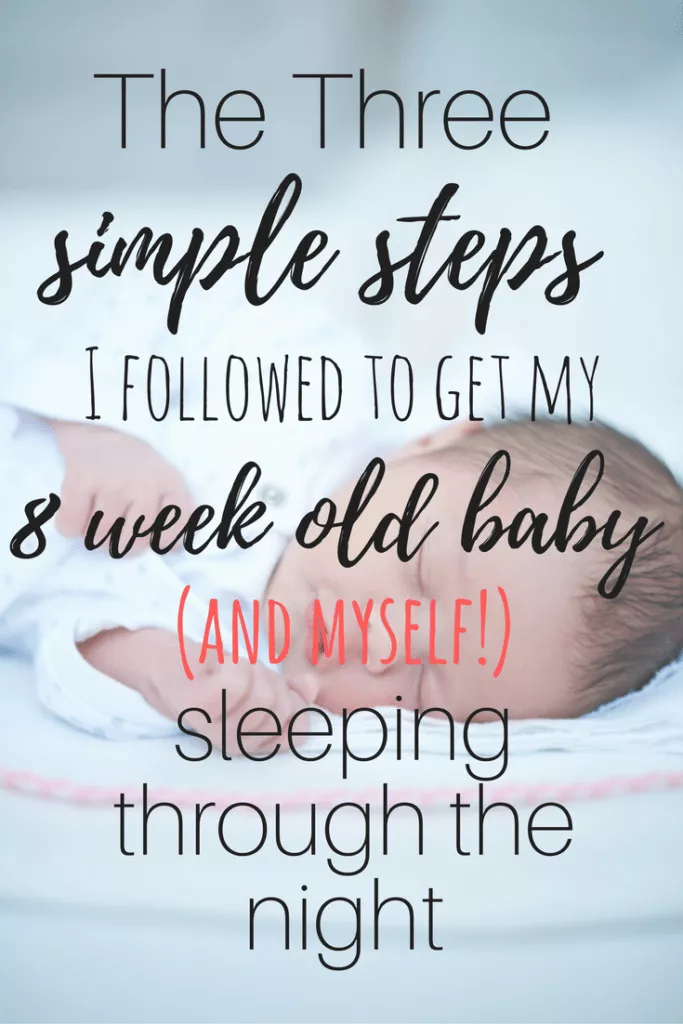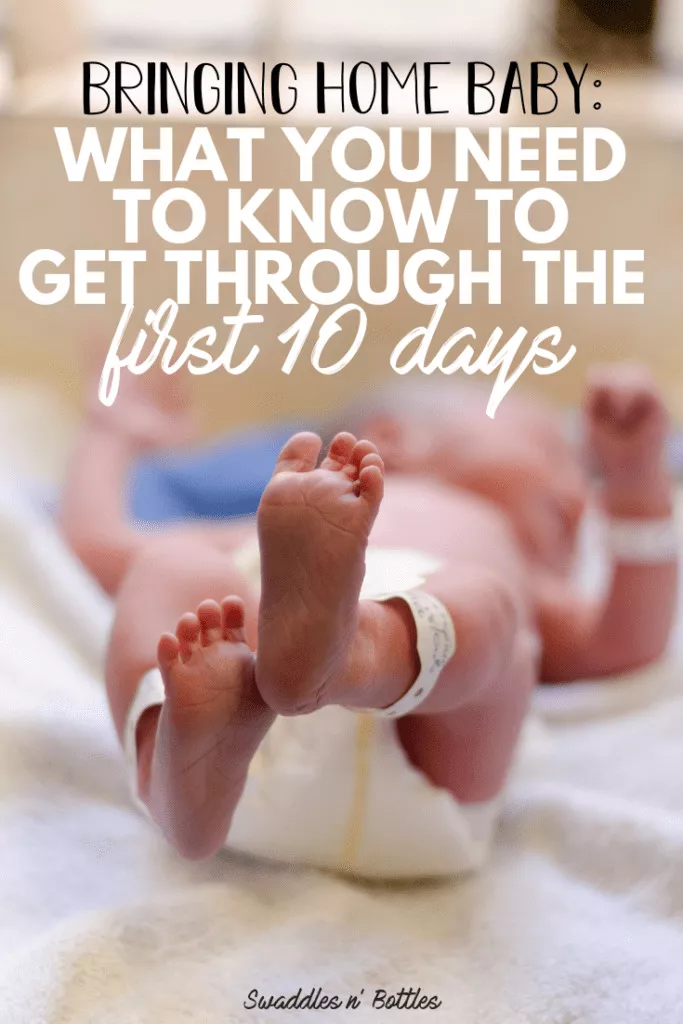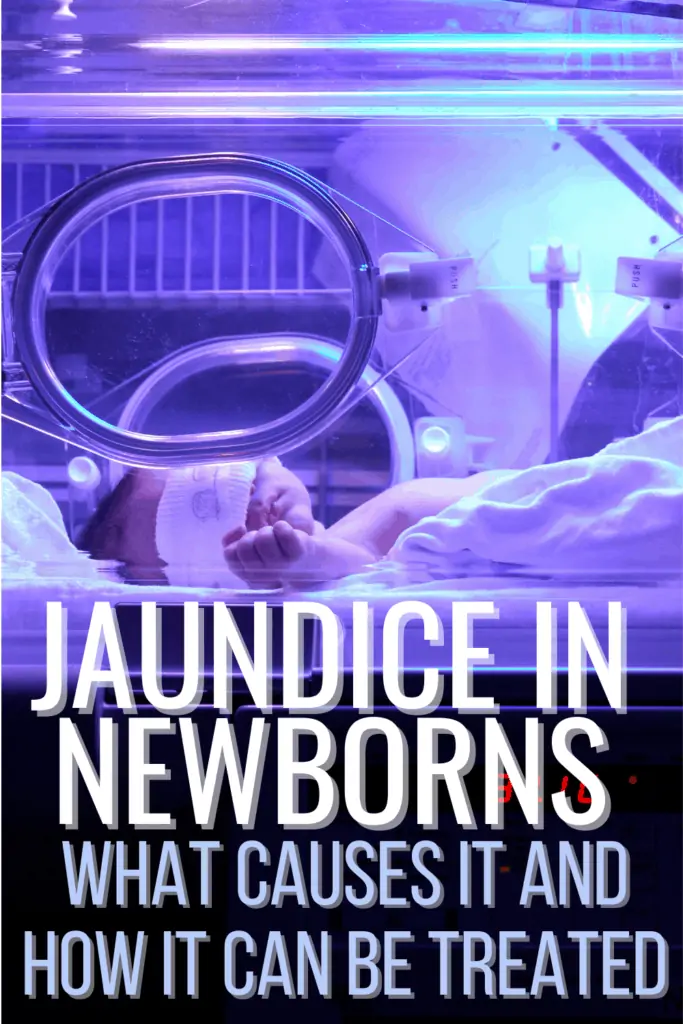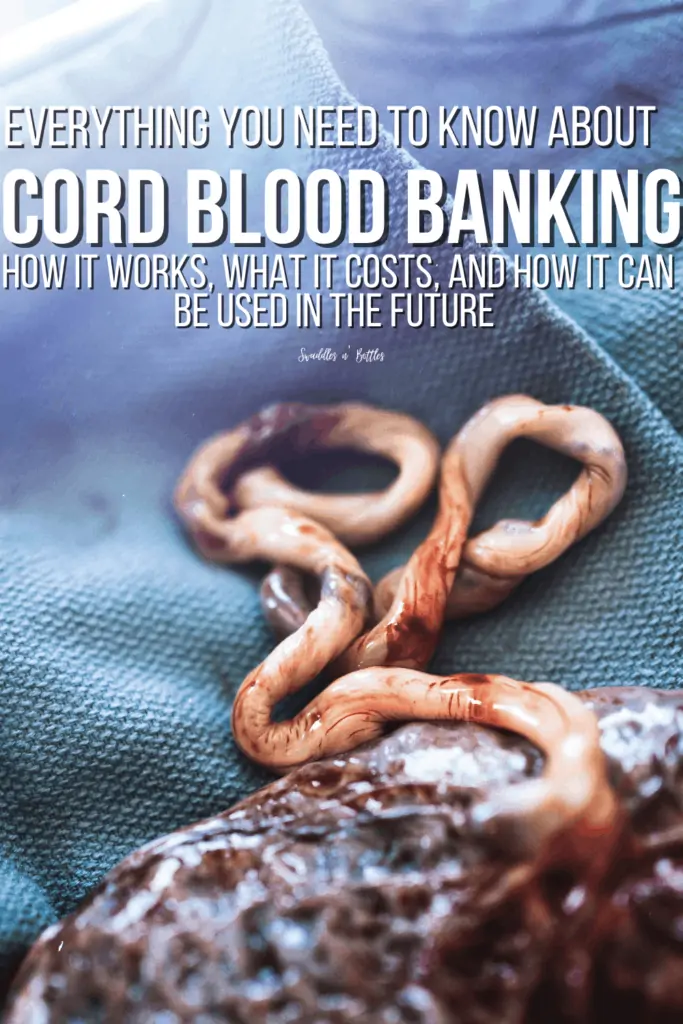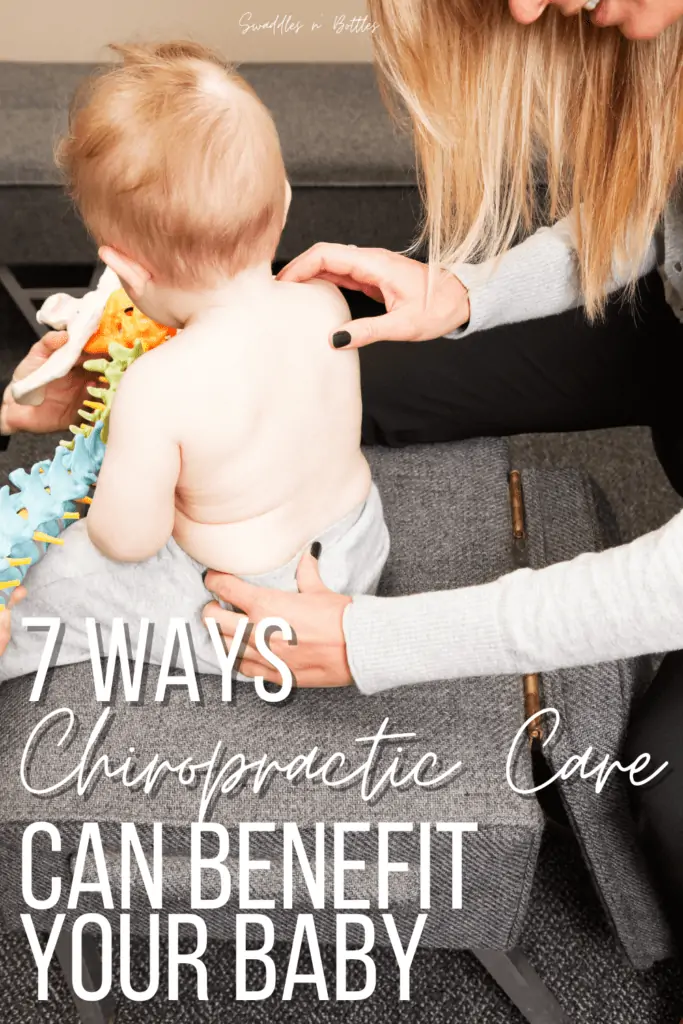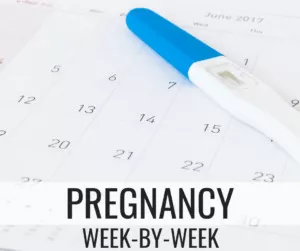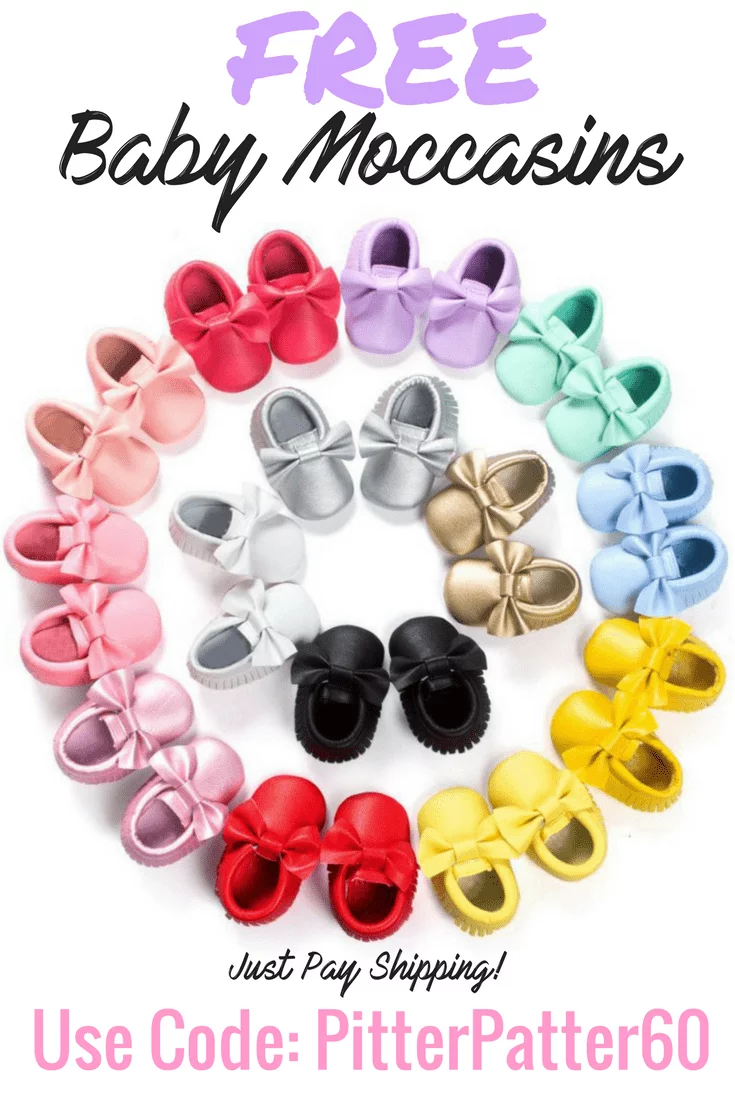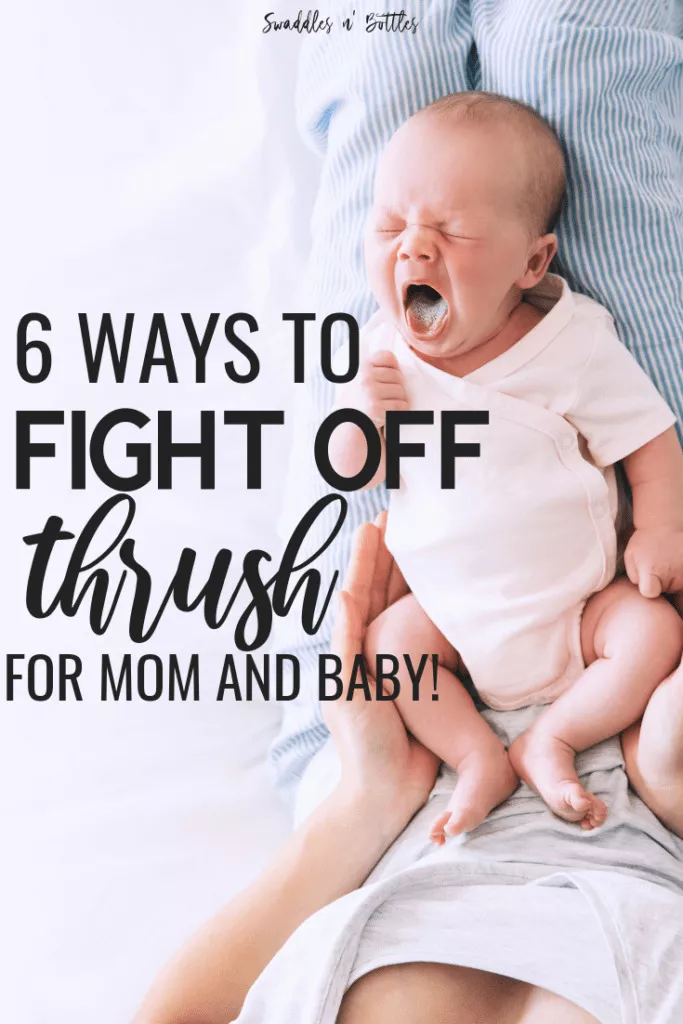
6 Tips for Getting Rid of Thrush (for Mom AND Baby)
(Information within this article is not to be taken as medical advice. Please consult with you and your baby’s doctor before beginning any at home regimens)
Oh, thrush. How I loathe thee.
My relationship with thrush began about a week after I gave birth to little M and I am still dealing with it today, 9 months later. While thrush and I are still a little too close for my liking, I have figured out a couple of things that help keep it at bay.
First, let me explain what thrush is and where it comes from.
Thrush is the common term for a yeast infection that most often affects the inside of the mouth and rectal area in babies and the nipples in nursing mothers. It is an overgrowth of the naturally occurring bacteria called Candida Albicans or simply, “candida”.
In babies, it is characterized by white patches on the tongue and the sides of the mouth and can also cause a diaper rash that doesn’t go away with the use of diaper rash creams.
Sometimes, thrush doesn’t seem to bother a baby at all, and other times it can cause itchiness, irritability, and pain while nursing.
In the mother, thrush appears as white patches on the nipples that kind of crumbles off when scrubbed with a damp towel. It can cause itchiness or pain ranging from mild or severe, often during breastfeeding although it can also cause pain in between feeds as well. While technically “harmless”, thrush is a nuisance and in severe cases can make breastfeeding difficult or impossible.
The most annoying thing about thrush is that the mother and baby pass it to each other during breastfeeding, so it is very important to work on eliminating thrush in both parties at the same time or you may get reinfected.
**Note: to moms who exclusively pump or use a nipple shield – you can still pass thrush to your baby even though his mouth doesn’t actually come into contact with your breast. The yeast gets into your milk and infects your baby that way. I learned this the hard way.
Also, did you know that thrush can cause cradle cap?? I had a long and frustrating journey with little M’s cradle cap before I realized it was linked to his reoccurring issues with thrush. Once I was able to get his thrush under control, his cradle cap disappeared all on its own! Who knew??
Now, on to the good stuff.
Tip #1: Take Probiotics
This is for the mother and the baby. The probiotics help build up a healthy gut flora that combats the invading candida overgrowth that causes thrush.
Natural sources of probiotics can be found in yogurt, kefir, kumbucha, and other fermented foods like sauerkraut. You can also buy probiotic supplements at your local drug store.
For babies who are too young for solid foods, you can buy probiotic drops specifically for infants. You can drop it right into their mouth or even add it to a bottle. My favorite baby probiotic drops are BioGia brand.
Tip #2: Let It All Hang Out
Mamas, you gotta let your nipples air dry. Thrush thrives in warm, moist environments.
Choose a time everyday where you can be home alone without worrying about someone barging in and let everything just hang out!
Exposing your nipples to air and light will help kill the yeast and once it’s gone, will prevent it from coming back. If you prefer, sleeping without a bra at night helps too.
Tip #3: Rinse Your Baby’s Mouth After Feeds
Yeast loves sugar, and your breast milk is sweet! Help get rid of your baby’s thrush and prevent it from returning simply by giving him a small dropper of sterilized water after each feeding to wash down the sugary milk.
Tip #4: Avoid Eating Sugary and Processed Foods
This tip goes along with tip #3. To help kick your thrush in the butt, keep away from foods high in sugar and simple carbs as well as highly processed foods. These foods feed the candida and make it harder to get rid of. This can be difficult because candida overgrowth gives you sugar cravings, but getting rid of thrush once and for all is so worth it!
Tip #5: Use Coconut Oil
Ah, coconut oil. The miracle product you can use for everything, including thrush!
Coconut oil has wonderful antibacterial properties which is what makes it effective in combatting candida. Simply hold a small amount of oil in your hand to melt it up a bit, then apply to your nipples and areola. Make sure your nipples are clean and dry before you apply. For the best results, do this several times a day.
What worked best for me was to dab on a little coconut oil after each feed or pumping session, and once before bed. For baby, smear a small amount of oil on their tongue and the inside of their mouth or give them a small spoonful to lick. You can also use coconut oil on your baby’s thrush-related diaper rash, applying liberally to a dry, clean bum after every diaper change.
Tip #6: If All Else Fails, Use Gentian Violet
Gentian violet is actually a dye and you use it by diluting with water and coating your baby’s tongue and inside of his mouth with it, along with your nipples. It works by covering the yeast and suffocating it. You can buy gentian violet behind the counter at your local pharmacy. To use, first dilute a small amount of the dye with water at a 1:1 ratio (if you buy the 1%; if you buy 2% you will need to dilute it to 3 parts water to 1 part dye). You can do this easily by using a medicine dropper.
Then, use a cotton swab or Q-tip dipped in the dye (a little goes a long way here!) to spread the liquid onto the affected areas.
For baby, make sure you thoroughly coat the tongue, inside of cheeks, and the roof of the mouth.
For mama, apply to the whole nipple and areola with enough coverage so that when you’re breastfeeding your baby’s mouth only touches dyed skin. A piece of advice; you will want to use disposable nursing pads after applying so that you don’t ruin your bra.
The pros of using gentian violet is that it is simple and effective. The biggest con is that it turns everything purple and it stains! To cope with this, dress your baby and yourself in clothing you don’t care about, use old rags for cleanup and don’t apply near anything you don’t want stained. It also helps to dab some coconut oil on your baby’s lips and area around his mouth to help prevent the dye from staining his skin. Just to warn you, your baby’s mouth and your nipples will be purple for while, but eventually it will go back to normal! To use gentian violet effectively, apply once a day for a minimum of three days and up to a week. (*Again, always consult with your doctor before beginning any at home regimen for you and/or baby)
**Note: if at any time you notice sores developing on your breasts or inside your baby’s mouth, stop using gentian violet immediately.
There are my 6 tips for dealing with thrush! I hope you found this post helpful and feel free to add your own tips below!

Caroline is the creator and editor of Swaddles n’ Bottles. She is a mama to two little girls and wife to one amazing husband.
